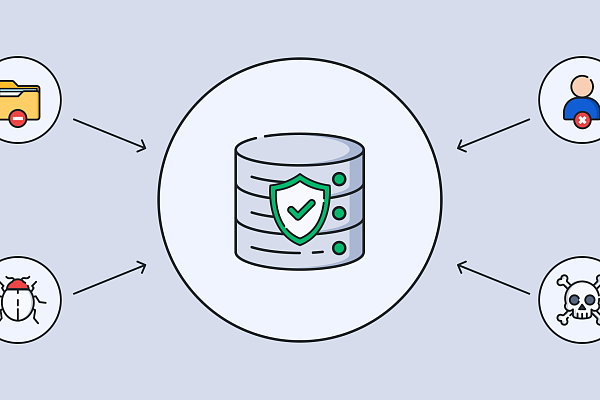With the adoption of containerization, the way developers deploy applications has dramatically transformed. Instead of dealing with inconsistent environments, they can package apps and their dependencies into portable containers that run anywhere.
However, managing containers at scale introduces new challenges. That is where Kubernetes (K8s), a leading container orchestration platform, comes in. It automates deployment, scaling, and management, reducing the burden on DevOps teams. According to a 2023 CNCF report, 96% of organizations are using or evaluating Kubernetes, proving its dominance in modern infrastructure.
What is Kubernetes?
Kubernetes is an open-source system originally created by Google to manage containerized applications efficiently. It acts as a control center for containers, ensuring they run smoothly across different environments — whether in the cloud, on-premise, or in hybrid setups.
Key Features of Kubernetes
-
Automated Deployments & Scaling – Kubernetes automatically adjusts the number of running containers based on traffic, ensuring optimal performance without manual intervention.
-
Self-Healing Capabilities – If a container crashes, Kubernetes replaces it instantly, minimizing downtime.
-
Built-in Load Balancing – Distributes network traffic evenly to prevent overloads on any single container.
-
Declarative Configuration – Developers define how their app should run (e.g., "always keep 3 instances online"), and Kubernetes makes it happen.
Companies like Spotify and Airbnb rely on Kubernetes to handle millions of users daily, proving its reliability for large-scale applications.
Challenges of Self-Managed Kubernetes
Running Kubernetes yourself is not that easy. Teams need specialized skills to operate it effectively. Besides that, organizations must handle:
-
Installation & Updates – Keeping clusters secure and up-to-date requires constant attention.
-
Application Deployment – Ensuring apps integrate smoothly with other services.
-
Scaling & Configuration – Adjusting resources to handle traffic spikes without crashes.
-
Security Management – Protecting against breaches and misconfigurations.
For businesses without a dedicated DevOps team, these challenges can slow down development. That is why many turn to Kubernetes-as-a-Service (KaaS) solutions.
What is Kubernetes-as-a-Service (KaaS)?
KaaS allows companies to use Kubernetes without managing the underlying infrastructure. Cloud providers handle the control plane, including security patches, upgrades, and high availability, allowing users to focus on deploying applications.
Shared Responsibility Model
Provider-Managed Components. The control plane (API server, scheduler, etc.) is fully handled by the vendor.
User-Managed Components. Worker nodes, networking, and security policies require user attention.
For example, if a security patch is released, the provider applies it to the control plane, but users must update their worker nodes. This balance reduces operational overhead while maintaining flexibility.
Advantages of KaaS
- Lower Operational Burden – No need to worry about server maintenance, upgrades, or backups.
- Cost Savings – Avoid hiring Kubernetes experts or buying expensive infrastructure.
- Faster Deployments – Spin up production-ready clusters in minutes instead of weeks.
- Built-in Scalability – Auto-scaling features adjust resources automatically during traffic spikes.
Disadvantages of KaaS
- Security Shared Responsibility – Misconfigured worker nodes can still lead to vulnerabilities.
- Vendor Lock-in Risk – Migrating between cloud providers can be complex.
- Limited Customization – Some advanced configurations may be restricted.
- Dependence on Provider Uptime – If the cloud service goes down, your apps do too.
Conclusion: Is KaaS Right for You?
For startups and mid-sized companies, Kubernetes-as-a-Service is often the best choice, because of it’s speed, cost-efficiency, and reduced management hassle. Enterprises with complex needs may prefer self-managed Kubernetes for greater control.
Ultimately, KaaS lets teams focus on building software instead of maintaining servers, making it a smart choice for most modern businesses. As Kubernetes adoption grows, managed services will continue to evolve, offering even more automation and ease of use.
The answer to whether you should choose KaaS or a self-managed Kubernetes cluster depends on your team's expertise, budget, and scalability requirements.



